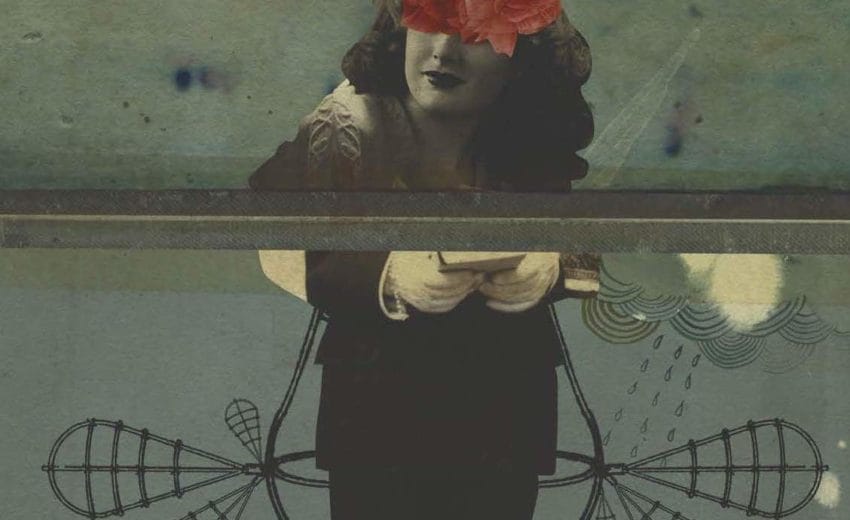Sigmund Freud first defined ‘the uncanny’ as “[…] the feeling of unease that arises when something familiar suddenly becomes strange and unfamiliar.” (Masschelein, 2011, p. 1).
As the ‘old world’ became the ‘new’, the figure of the haunted castle became the figure of the haunted house. Uncanny is the German translation of ‘Unheimlich’, literally meaning ‘unhomely’ and this can be used well with everyday items from the home by making them ‘haunted’.
Masschelein also discusses how at the turn of the century, uncanny started to be associated with haunting more often. “In various disciplines, the concept of the uncanny fits within a larger research program that focuses on haunting, the spectral, ghosts, and telepathy as material phenomena in culture and society.” (2011, p. 144).

The television was viewed as the perfect medium for gothic stories, but only when the television became a common household appliance “In fact, in Britain, it was not until the introduction of commercial television that the Gothic anthology series was again reconsidered as a viable form of television entertainment.” (Wheatley, 2011, p. 33).
American Gothic Television had a focus on Family Narratives. This tied into the ‘American Dream’, or rather the depiction of the American Dream being destroyed – an ‘American Nightmare’. (Davison, 2014, p. 489).
Application and Analysis
The theory of uncanny can be applied to an episode of Doctor Who (Moffat & Macdonald, 2007) titled “Blink”. In the episode, an alien species threatens the Doctor and the TARDIS by taking the form of stone statue angels – but when you’re not looking, or rather cannot see them, they move closer to attack. This is an excellent example of what Masschelein was discussing “A recurring element of the uncanny in the visual arts is the importance of the (human) figure.” (2011, p. 144) and “[…] the feeling of unease that arises when something familiar suddenly becomes strange and unfamiliar.” (2011, p. 1) and also a good example of how the genre translates to British television. At the time episodes were averaging 7.96 million viewers (Doctor Who Statistics, 2022) and the creators worked carefully to create an uncanny atmosphere, with much of the action taking place in an abandoned and rundown house.
An example of the uncanny can be found in Guillermo del Toro’s Pan’s Labyrinth (2006), especially with the use of a human figure. The Pale Man in the film resembles a human, but leaves viewers unsure if the character is human, returning to Masschelein’s quote of how a “feeling of unease [that] arises when something familiar suddenly becomes strange and unfamiliar”.

How is the unheimlich represented in Alien (1979)?
This essay discusses how Sigmund Freud’s psychoanalytical theory of The Uncanny (Freud, 2003), also known as Unheimlich is represented in Ridley Scott’s film Alien (1979), in relation to the film’s genre: Horror.
- (Cover art for The Uncanny (Freud, 2003)]. (n.d.). Retrieved 25 January 2025, from https://images.app.goo.gl/5qumR3AMNdzJsfjT9
- Davison, C. M. (2014). The American Dream/The American Nightmare: American Gothic on the Small Screen. In C. L. Crow (Ed.), A Companion to American Gothic (pp. 488-502). John Wiley & Sons, Ltd.
- del Toro, G. (Director). (2006). Pan’s Labyrinth [Film]. Tequila Gang.
- Doctor Who Statistics. (2022, Jan 1). Doctor Who Guide. https://guide.doctorwhonews.net/info.php
- Freud, S. (2003). The Uncanny. Penguin Group. (Original work published 1919).
- Masschelein, A. (2011). The Unconcept: The Freudian uncanny in late-twentieth-century theory. State University of New York Press.
- Moffat, S. (Writer), & Macdonald, H. (Director). (2007, June 9). Blink (Series 3, Episode 10) [TV series episode]. In Moffat, S., Davies, R. T., Gardner, J., Collinson, P., Minchin, B., Strevens, M., Chibnall, C., Irving, B., Wenger, P., Willis, B., Skinner, C., Young, M., & Penhale, F. (Executive Producers). Doctor Who. BBC Wales.
- [The Angel reaches out to their victim]. (n.d.). Retrieved 25 January 2025, from https://www.imdb.com/title/tt1000252
- Wheatley, H. (2006). Gothic Television. Manchester University Press.
APA7
Cable, J. (2025, Apr 01). The Uncanny: Freud’s Psychoanalytical Theory. JCableMedia.com. [permalink].
Chicago
Cable, John. “The Uncanny: Freud’s Psychoanalytical Theory.” JCableMedia.com. April 01, 2025. [permalink].
Harvard
Cable, J. (2025). The Uncanny: Freud’s Psychoanalytical Theory. Available at: [permalink] (Accessed: 07 December 2025).